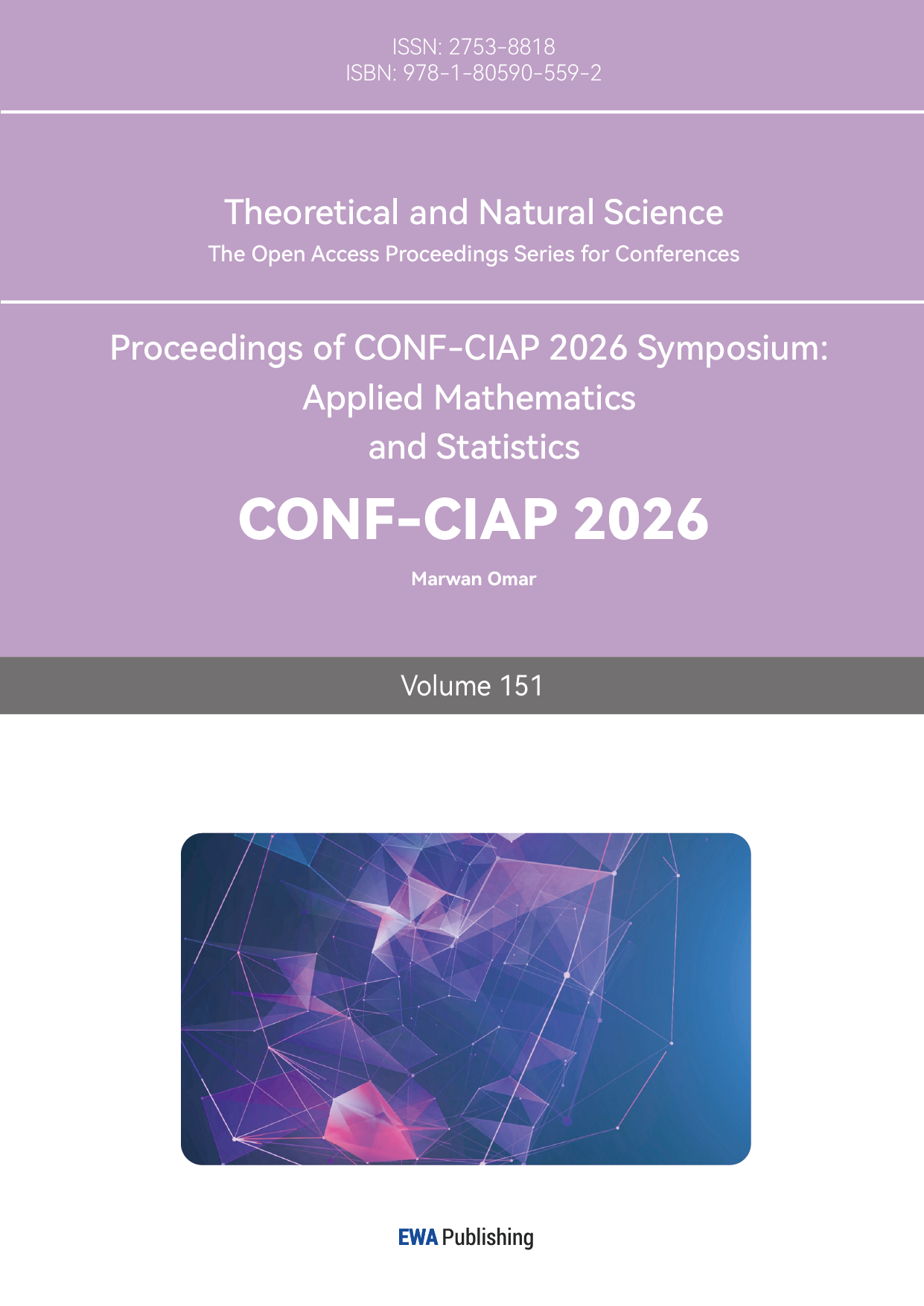References
[1]. P. Kairouz et al., “Advances and Open Problems in Federated Learning, ” arXiv preprint arXiv: 1912.04977, 2021.
[2]. B. McMahan, E. Moore, D. Ramage, S. Hampson, and B. A. y Arcas, “Communication-Efficient Learning of Deep Networks from Decentralized Data, ” arXiv preprint arXiv: 1602.05629, 2017.
[3]. A. Khaled, K. Mishchenko, and P. Richtárik, “First Analysis of Local GD on Heterogeneous Data, ” arXiv preprint arXiv: 1909.04715, 2019.
[4]. S. P. Karimireddy, S. Kale, M. Mohri, S. Reddi, S. Stich, and S. A. T. Suresh, “SCAFFOLD: Stochastic Controlled Averaging for Federated Learning, ” arXiv preprint arXiv: 1910.06378, 2020.
[5]. T. Li, A. K. Sahu, V. Smith, and V. Talwalkar, “Federated Optimization in Heterogeneous Networks, ” arXiv preprint arXiv: 1812.06127, 2020.
[6]. X. Lian, C. Zhang, H. Zhang, C.-J. Hsieh, W. Zhang, and J. Liu, “Can Decentralized Algorithms Outperform Centralized Algorithms? A Case Study for Parallel SGD, ” arXiv preprint arXiv: 1705.09056, 2017.
[7]. S. U. Stich, “Local SGD Converges Fast and Communicates Little, ” arXiv preprint arXiv: 1805.09767, 2019.
[8]. A. Krizhevsky and G. Hinton, Learning Multiple Layers of Features from Tiny Images, 2009.
[9]. L. Li, Y. Fan, M. Tse, and K. Y. Lin, “A review of applications in federated learning, ” Computers & Industrial Engineering, vol. 149, p. 106854, 2020.
[10]. J. Wen, Z. Zhang, Y. Lan, Z. Cui, J. Cai, and W. Zhang, “A survey on federated learning: challenges and applications, ” International Journal of Machine Learning and Cybernetics, vol. 14, no. 2, pp. 513–535, 2023.



